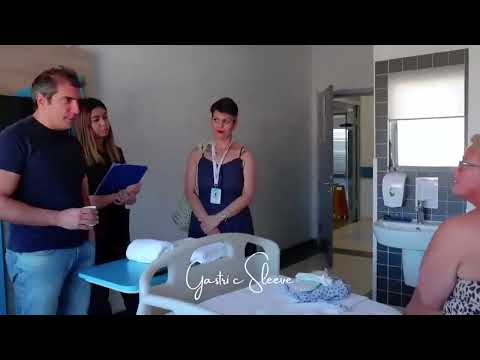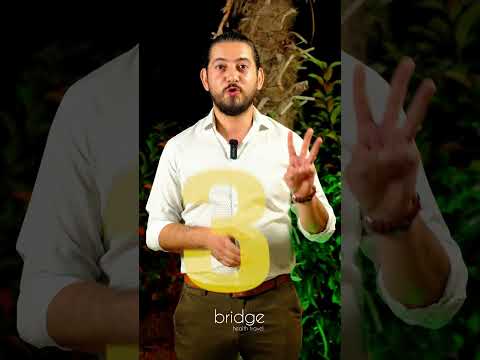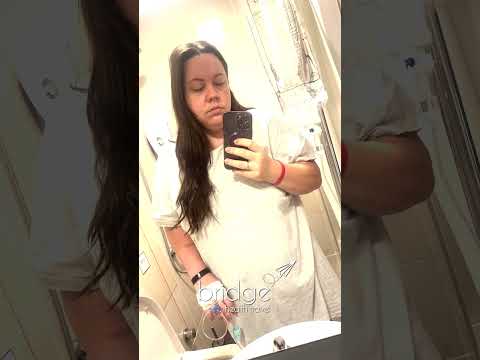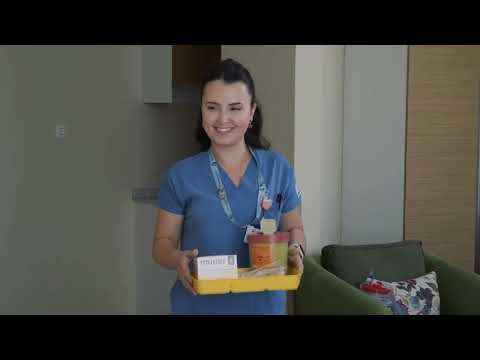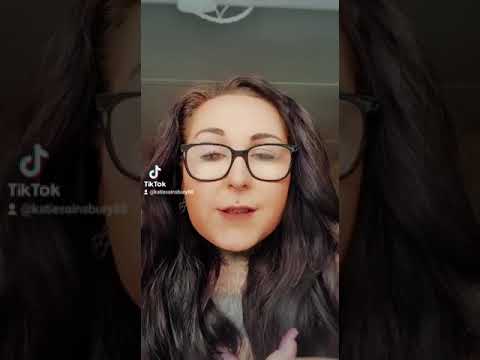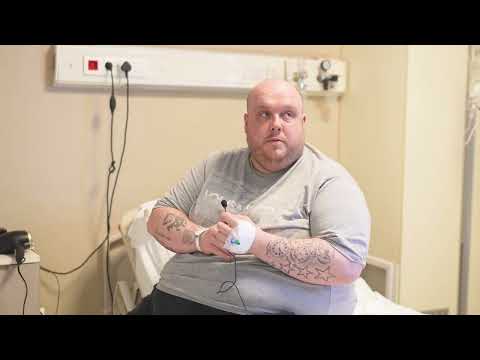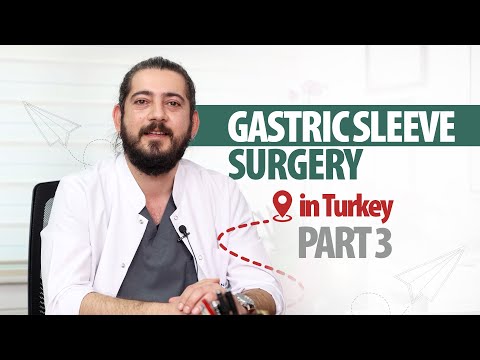Gastric Bypass in Turkey | Bridge Health Travel
Calculate Your Cost / Price
Gastric Balloon in Turkey
Gastric Balloon in Antalya / Turkey, Gastric balloons are made of materials that can remain in the body for 6 to 12 months. Gastric balloon prices vary depending on factors such as the type of balloon used in the procedure and the duration it remains in the body.
What is a Gastric Balloon ?
The World Health Organization defines obesity as the excessive accumulation of fat in the body. According to the criteria of the World Health Organization, obesity can be defined when the body mass index is above 30. It is well known that there are many health problems associated with the global epidemic of obesity. These include serious health problems such as cardiovascular diseases, diabetes, and hypertension. Therefore, obesity needs to be treated not only for aesthetic purposes but also for a healthy life. Nowadays, there are many surgical and non-surgical options available for the treatment of obesity. The decision regarding which treatment to apply to an obese patient is made by considering factors such as the patient's height, weight, age, and general health condition under the supervision of an expert doctor. Gastric balloon is one of the commonly preferred non-surgical treatment methods for obesity. The main purpose of gastric balloon treatment is to reduce the amount of food consumed in a single meal and provide a long-lasting feeling of fullness. Gastric balloons are silicone devices that are inserted into the stomach and can remain there for a certain period of time. The gastric balloon procedure involves placing a deflated balloon into the stomach and then inflating it with saline or a biocompatible and approved blue dye. The inflated balloon occupies more than half of the stomach. The amount of inflation is determined during the procedure, considering that everyone's stomach structure and anatomy are not the same. The endoscopic gastric balloon procedure takes approximately 30 minutes to 1 hour.
How is Gastric Balloon Placement Procedure Done in Antalya / Turkey?
Before the gastric balloon is placed in the stomach, the patient undergoes a detailed evaluation by expert doctors. The patient's general health condition is examined, and any other stomach-related health problems are assessed through endoscopic imaging techniques. If any other health problems such as reflux, gastritis, or ulcers are detected during this examination, the existing health issue is treated first. Afterward, the gastric balloon can be placed. During the gastric balloon placement procedure, general anesthesia is not required. The patient is under sedation while the balloon is being placed. The patient does not experience any pain or discomfort during the procedure. Currently, gastric balloon can be placed in the stomach through two different methods:
ENDOSCOPIC GASTRIC BALLOON IN TURKEY / ANTALYA
During the endoscopic gastric balloon procedure, sedation is administered to make the patient more comfortable. Since the procedure is performed using an endoscopic technique, the patient is advised not to eat or drink anything for a certain period of time before the procedure. The necessary preparations before the procedure are explained to the patient. During the balloon placement stage, an endoscope, which is a thin and flexible tube with a camera at the tip, is inserted into the stomach, and the balloon is placed in the stomach. Then, the balloon is inflated with saline or a completely compatible and health authority-approved blue dye. The inflated balloon occupies approximately more than half of the stomach. Since everyone's stomach structure and anatomy are not the same, the decision on how much to inflate the balloon is made during the procedure. The endoscopic gastric balloon procedure is completed within approximately 30 minutes to 1 hour.
FQ About Gastric Balloon Clinic in Antalya / Turkey
A gastric specialist is a doctor who focuses on diagnosing and treating conditions affecting the stomach and digestive system. This includes conditions like ulcers, gastritis, acid reflux, and cancers of the stomach. These specialists may perform endoscopies and recommend lifestyle changes, medications, or surgery.
Recent studies show that it does reduce operating time, may lead to similar weight loss (some studies show that mini-gastric bypass may actually produce more weight loss), and reduce overall complication rates compared to gastric bypass surgery (Gastric Bypass Compared to Mini-Gastric Bypass).
The "fat jab," also known as Saxenda or liraglutide, is an injectable weight-loss drug that has been approved for use on the NHS in the UK for individuals struggling with obesity. It is intended for use in conjunction with a reduced-calorie diet and increased physical activity. The medication helps control appetite, leading to weight loss. It is typically prescribed to those with a BMI over 30 or individuals with weight-related health problems.
RNY reversal is the process of undoing the Roux-en-Y gastric bypass. Although rare, reversals are sometimes necessary due to complications such as malnutrition, severe dumping syndrome, or other medical issues.
A bariatric surgeon specializes in performing weight-loss surgeries like gastric bypass, sleeve gastrectomy, and gastric banding. These surgeons are trained in both traditional open surgery and minimally invasive techniques such as laparoscopy. They also provide guidance on pre- and post-operative care to ensure the success of the weight-loss procedure and minimize complications.
The gastric balloon, while effective, can cause a range of side effects, particularly in the first few days after insertion. Common side effects include nausea, vomiting, and stomach cramps. In some cases, patients may experience longer-term issues such as acid reflux or discomfort. Understanding these side effects is crucial for anyone considering the procedure.
An infection in the stomach is commonly caused by bacteria like H. pylori, which can lead to gastritis, ulcers, or even stomach cancer. Symptoms of a stomach infection include nausea, vomiting, diarrhea, and stomach pain. Treatment involves antibiotics and medications to reduce stomach acid and heal the stomach lining.
Gastric Sleeve Whatclinic Reviews in TurkeyGastric Sleeve Reviews in TurkeyWe tried to collect comments for you under the topic titleGastric Sleeve Reviews in TurkeyThe safety of gastric sleeve surgery, or any medical procedure, in Turkey or any other country depends on various factors, including the expertise of the medical professionals, the quality of healthcare facilities, and adherence to safety standards and protocols. While Turkey has gained recognition as a popular destination for medical tourism, it's... +More, , Is it safe to have gastric sleeve surgery in TurkeyTo ensure the safety of gastric sleeve surgery in Turkey, consider the following steps:Research the Surgeon and Medical Facility: Look for experienced surgeons who specialize in bariatric surgery and have a good track record. Review their qualifications, experience, and patient reviews. It's advisable to choose a surgeon affiliated with a reputable medical facility that meets international standards.Accreditation and Certifications: Check if the hospital or... +More
Can you fly after gastric sleeve surgery? There is no reason why you should not fly as normal with a gastric sleeve. We do not recommend that sleeve patients fly short haul (e.g. Europe) within 7 days of their surgery and that they wait 21 days before flying medium to long haul. Always consume lean protein first, non-starchy vegetables second, and high-fiber carbs or a healthy fat source last. Try to consume at least 64 ounces of hydrating fluids. Avoid added-sugar drinks, carbonation, and excessive caffeine.... +More
Chronic gastritis is a long-lasting inflammation of the stomach lining that can lead to complications like ulcers or an increased risk of stomach cancer. Common causes include H. pylori infection or autoimmune disorders. Patients may need ongoing treatment with medications to reduce stomach acid and eradicate infections.
A growth in the stomach can range from benign polyps to malignant tumors. Common symptoms include stomach pain, bloating, and nausea. Early detection through endoscopy or imaging is critical, as the treatment depends on whether the growth is benign or cancerous. Surgery or medication may be necessary to remove or shrink the growth.
Pages
-
£ 1580£ 1450GASTRIC BALLOON PROCEDURE PACKAGE
Give a call to learn more about what’s included and to come up with a tailored plan if you need unique accommodations that are not listed below.
- Airport
- Hotel
- Hospital transfer
- The balloon is placed via endoscopy, the procedure takes 15-20 minutes and you are discharged after 2-3 hours. It is enough to stay here for 1 night.
- Blood samples & x-rays
- 5 year follow up
-
£ 2750£ 2550GASTRIC SLEEVE PACKAGE
GASTRIC SLEEVE PACKAGE COST TURKEY / ANTALYA
Give a call to learn more about what’s included and to come up with a tailored plan if you need unique accommodations that are not listed below.- Airport
- Hotel
- Hospital transfer
- 4 day stay at hospital
- Blood samples & x-rays
- 5 year follow up
-
£ 3100£ 2900MINI GASTRIC BYPASS PACKAGE
MINI GASTRIC BYPASS PACKAGE TURKEY
Give a call to learn more about what’s included and to come up with a tailored plan if you need unique accommodations that are not listed below.- Airport
- Hotel
- Hospital transfer
- 4 day stay at hospital
- Blood samples & x-rays
- 5 year follow up






